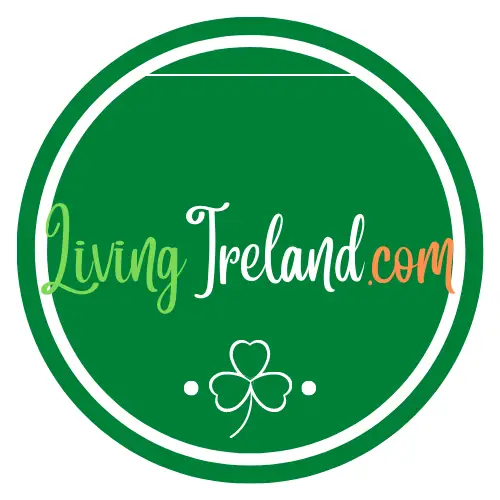In the grand scheme of things, the Emerald Isle is just a small spec in the totality of the world.
So we won’t take it too personally if you’re a little unsure of where Ireland is exactly. Let’s fix that!
What Continent is Ireland in?
Ireland is located in Europe and is found in the most westerly part of the continent and is situated to the west of Great Britain (England, Scotland and Wales).
It is a part of the European continent, but separate to the main block of European nations including the likes of Germany, France, Spain, Italy etc.
Ireland is also the second largest island in Europe, second only to Great Britain.
Irelands Seas & Ocean
As Ireland is an island we are surrounded completely by water and in the case of the Emerald Isle, there are three main bodies of water that surround different parts of the country.
- Atlantic Ocean: The Atlantic Ocean sits to the west of the country and the raw power meeting the west coast shoreline is responsible for creating the marvellous formations such as the Cliffs of Moher, and the rest of the stunning Wild Atlantic Way.
- Celtic Sea: To the southeast of Ireland sits the Celtic Sea, which is in fact an area of the Atlantic Ocean and has a rich fishery with millions of tonnes caught in this patch of water every year.
- Irish Sea: This body of water is to the east of the country and is what separates Ireland from Great Britain. The Irish Sea is a busy shipping lane between Great Britain and Ireland, with Northern Ireland ports handling around 10 million tonnes of goods trade every year.
Irish Jurisdictions
It is important to understand that Ireland is separated into two parts, with the Republic of Ireland being part of Europe and Northern Ireland being part of Great Britain.
This brings significant differences when visiting the country and is something you need to be prepared for. Here are some of the significant differences between the two countries:
- Northern Ireland only occupies around 20% of the total land mass of Ireland and is tucked away in the northeast of the Island
- Belfast is the capital city of Northern Ireland and this jurisdiction is officially part of Great Britain, so the Pound Sterling is the official currency
- The Republic of Ireland occupies around 80% of the total land mass of Ireland and is composed of 26 counties
- Dublin is the capital city of the Republic of Ireland and as this jurisdiction is officially part of the European Union, the Euro is the main currency
Which Hemisphere is Ireland in?
Ireland is in the northern hemisphere of the world meaning that it lies north of the Equator.
The geographical position of the country has an impact on the climate which is primarily cool and wet, with mild summers and mild winters. You can find out more about the best time to visit Ireland here.
How Close is Ireland to Great Britain?
As we’ve said before, the relationship between Ireland and Great Britain (or the United Kingdom) is long and storied, and this is primarily due to proximity.
At the narrowest point, Ireland and Great Britain are only separated by 14 miles. If the weather conditions are correct and visibility is good, from certain parts of Wales you can see the Wicklow mountains which are on the east coast of Ireland.
Similarly, you can see parts of Scotland on clear days, when standing in Ballycastle on the north coast of County Antrim.
In just one example of close proximity, every other year the Celtic Rowing Challenge takes place which sees hardy rowers taking to the seas, starting in Arklow in Ireland, and finishing in Aberystwyth, west Wales, completing an incredible 96 miles rowing across the open sea.
What Languages are Spoken in Ireland?
Today, the most dominant language in Ireland is English which is used as a primary language by around 95% of the population.
You are also likely to hear Irish spoken throughout the country as even though it is not as widely used as English, plenty of Irish people still speak this language. Irish is officially recognised as the national language of Ireland.
There are also some minority languages which you may come across such as Ulster Scots, which is a dialect of Scots spoken in parts of Northern Ireland, and Shelta which is spoken by the Irish Traveller Community.
Ireland also sees its fair share of immigration and it’s not uncommon to find other languages being spoken across the country, with Polish proving the largest of these.

